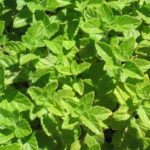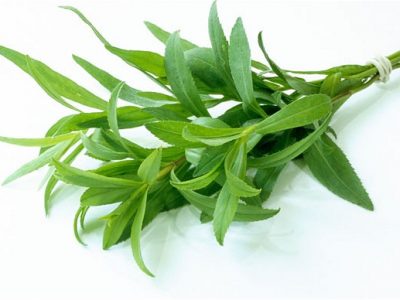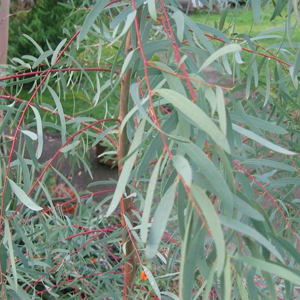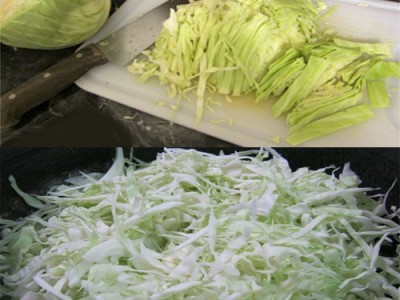
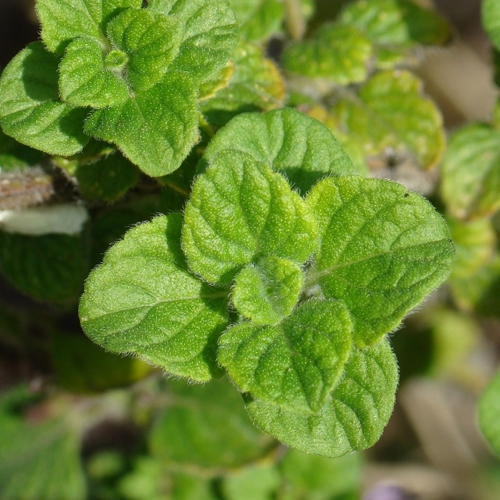
Lesser Calamint Facts And nutrition summary
Lesser Calamint Facts And nutrition summary
Plants generally have medicinal properties and many ancient physicians used the leaves and flowers for treating many dangerous diseases. But there are hundreds of plants that are extremely rich in medicinal properties.
Some of the medicinal rich plants are Marijuana, Lady Ferns, California poppy, Blood flower and Tansy. Though marijuana is banned in many states in USA, around 12 states use it for treating various ailments. But many countries have banned this plant since it is used as drug.
This topic will handle a plant named lesser calamint which comes under the kingdom Lamiaceae. The botanical name of this plant is Calamintha nepeta.The other common names of this plant are Lesser Calamint, calamint, calament, mill mountain, basil thym, mountain balm mountain mint, mill mint, emperor’s mint and catmint.
Lesser Calamint Growth
Lesser calamint has straight stems which are covered with dark green leaves forming a little bush. The bush measures 12 to 18 in tall. During the month of August, this wonderful plant produces pale lavender flowers that bloom continuously for six weeds.
Lesser calamint comes under mint family and spreads lavishly. It is not an invasive plant and has fragrant rich leaves. These plants grow wonderfully in full sunlight and well-drained soil. This plant may be infested with mildew. The flowers attract butterflies and other insects.
Lemon tree grass is found in Style Cottage Garden, Meadow Garden, Rock Garden and Seasonal Interest Fall Interest. This plant is drought tolerant and thrives wonderfully without much water.
Medicinal Uses
- The romans used this plant during ancient times as a culinary herb.
- The Italians use this plant in various delicious cuisines.
- Cats like this low maintenance Lesser calamint since it can excite, agitate or intoxicate cats.
- This aromatic plant was once a very popular medicinal plant in Eastern Europe where it grows prolifically.
- The cordial tea made from the extracts of the leaves was very famous during Victorian Era.
- This cordial tea has the ability to improve restlessness, hysteria, tremors, palsy, and whopping cough, fever, indigestion, stomach aches, colic, bloating, flatulence, asthma, jaundice, anemia and lumbago.
- It was also used as expectorant.
Health Facts
The juice of the leaves have the ability to expel tape worms, roundworms, hookworms and flatworms. During Middle ages the plant was used for treating leprosy and skin diseases. Early Greeks used for curing snake bites. This plant was also used for treating many psychological ailments during those days.

